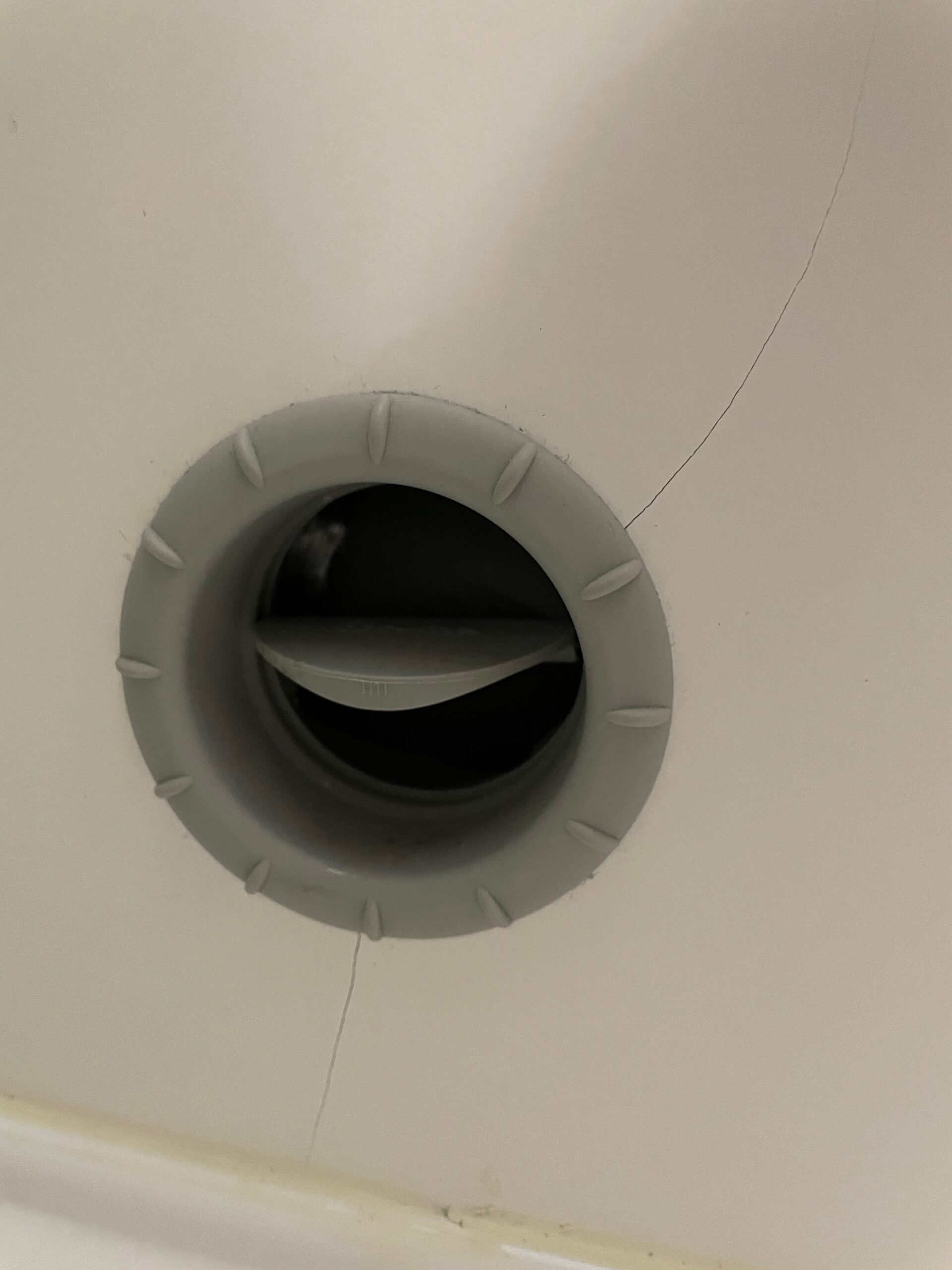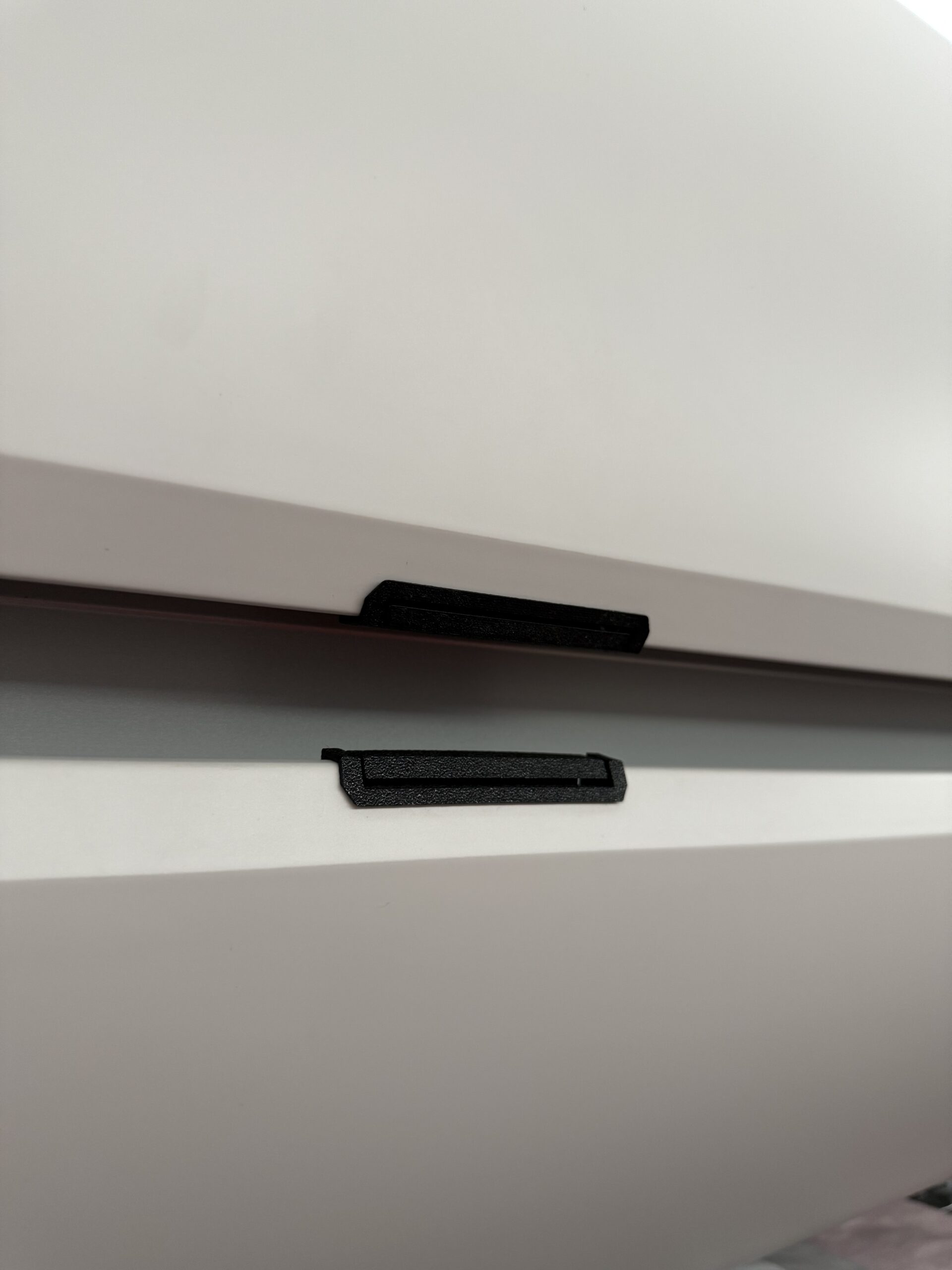Anyone who spends a bit of time on Facebook in various groups is sure to have noticed the crack in the bathroom wall at Grand California.
We were also affected by this almost exactly two years ago, or rather, our Cali was affected. The repair was carried out by Volkswagen under warranty and more or less well done, but that’s another story.
Much more exciting is the question of why these cracks occur at all. Volkswagen itself apparently has no answer to this and speaks of isolated cases. Oh yes, the thing with the individual cases, as with the brake light or the roof seam, which were also only individual cases at the beginning.
A resourceful GrandCali.com reader has now given us a possible or very probable cause and solution to the problem.
He writes: “It seems that VWN has not quite adhered to Truma’s specifications when it comes to installation. See the following conspicuous deviation…”
and further: “see Appendix Ssp 598 VWN training document: page 38 and the legend showing how the lines run from the Truma 6 e. According to the picture on page 38 for air vents 2 and 7, there is a deviation from the general installation instructions from Truma, here page 7, pictures 11 and 12. This can be checked directly on the vehicle. Obviously, air vents 2 and 7 are both connected to an air duct and both have a lockable air outlet fitted. In this case, Truma instructs that one of the outlets must be unclosable to prevent excessive heat build-up.”
So I took a look at the installation instructions and Truma’s specifications and compared them with the actual installation by Volkswagen. And indeed: the Truma air outlet for the bathroom and the left outlet on the dinette seating area are mounted on a common air pipe.
Truma’s statement is very clear at this point, the installation instructions state:
If a closable end piece EN (e.g. in the bathroom) is installed in a hot air line of the Combi 6 (E), a second non-closable nozzle must be integrated into this hot air line.
It is therefore clear at this point what happens: There is a build-up of air. Among other things, this can cause the air nozzle to expand and what happens to the wood can be seen on the cover picture.
The solution to the riddle
Why Volkswagen does not adhere to this specification remains a mystery, of course. It is probably easier to just fit air vents instead of installing a louvre opening – that way you need fewer different spare parts.
However, every Cali owner can easily, quickly and inexpensively implement the Truma specification themselves. Only two items are required:
-
Truma end piece EN-O, without flap (available here – CLICK -)
-
Truma louvre insert LA (available here – CLICK -)
The parts together cost less than 10 euros. This converts an air vent so that it remains permanently open and air can no longer build up.
So at least the heater meets the Truma specifications and the bathroom wall will probably thank you for it.
A few final words
Whether the cracks in the bathroom wall are caused solely by the obviously faulty installation is not for me to judge, but this argument seems logical to me. If anyone from VWN reads this post, it is likely that our status as public enemy number one will continue to grow.
There’s only one thing to remember: I’m writing this post so that the great Grand Californias don’t break down on the road and each party saves themselves a lot of frustration. Perhaps it would make sense to adjust the factory air vent at this point to prevent the problem from arising in the first place. After all, a slat insert will be cheaper than replacing the bathroom wall…
For copyright reasons, the two documents quoted above are not attached to this article.
Advertising
This post contains affiliate links and advertising for our online store.


